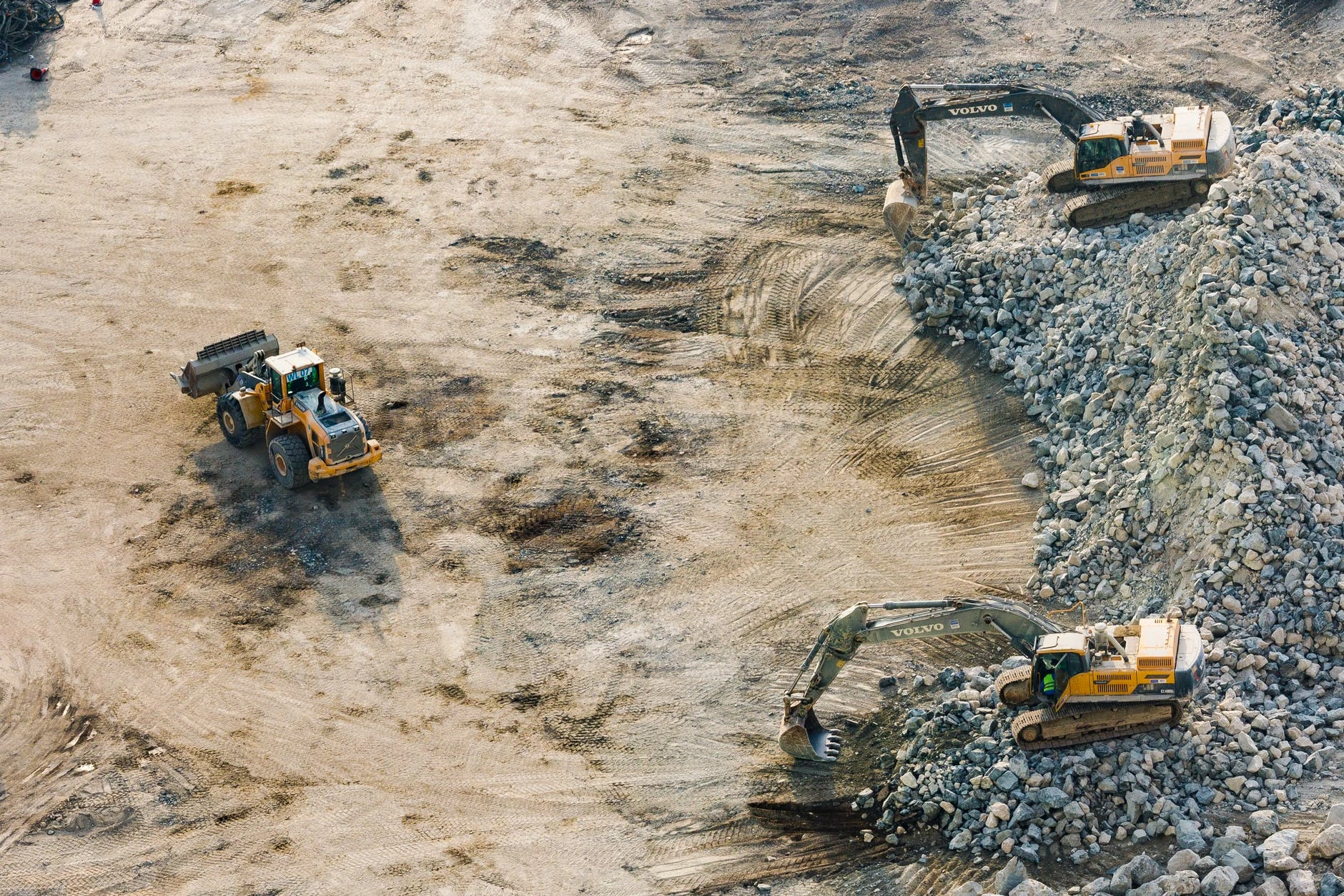Concrete is one of the most important building material in the construction industry. Conventionally, it is produced using coarse and fine aggregates, water, cement, and other admixtures, which are adopted with the objective of improving strength and other specifications, such as durability. Some of the characteristics of the concrete produced using these materials include little to no flexibility, relatively high unit weight, high durability and weathering resistance, and low degree of porosity (Thomas & Gupta, 2016). With advances in technology, various attempts have been made with the goal of improving the performance of concrete. Some of the improvements, which are already in use include the use of admixtures to lower hardening time and to increase strength. Notably, with advances in technology, it is still possible to enhance the performance of concrete.
Problem Statement
The majority of the course and fine aggregates used in the production of concrete are obtained from quarries. Rivas-Vázquez, Suárez-Orduña, Hernández-Torres, and Aquino-Bolaños (2015) assert that quarrying has various adverse effects on the environment, which ranges from land degradation to air and water pollution. Other noticeable negative effects of quarrying include occupational noise pollution, landslides, land subsidence, and the loss of biodiversity. Ultimately, some of these effects, especially air and water pollution have far-reaching consequences on the wellbeing of the people around the quarry sites. With the rising concerns regarding global warming and the associated effects, there is the need to come up with mechanisms to reduce the human activities related footprints to the environment. To achieve this objective, there is a need to reconsider the materials used in the production of concrete, especially the fine and coarse aggregates. Waste rubber tires, which also have various adverse effects on the environment, such as land degradation can be used as a partial substitute for coarse aggregates.
References
Rivas-Vázquez, L. P., Suárez-Orduña, R., Hernández-Torres, J., & Aquino-Bolaños, E. (2015). Effect of the surface treatment of recycled rubber on the mechanical strength of composite concrete/rubber. Materials and Structures, 48(9), 2809-2814.
Thomas, B. S., & Gupta, R. C. (2016). A comprehensive review of the applications of waste tire rubber in cement concrete. Renewable and Sustainable Energy Reviews, 54, 1323-1333.








